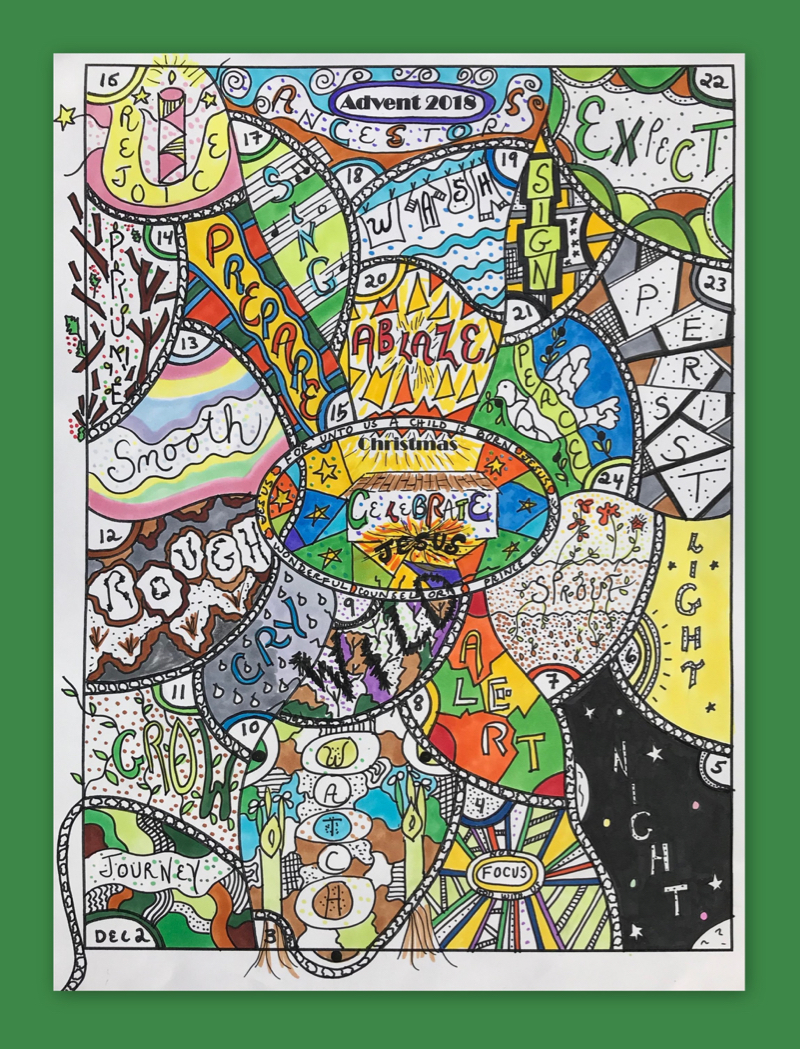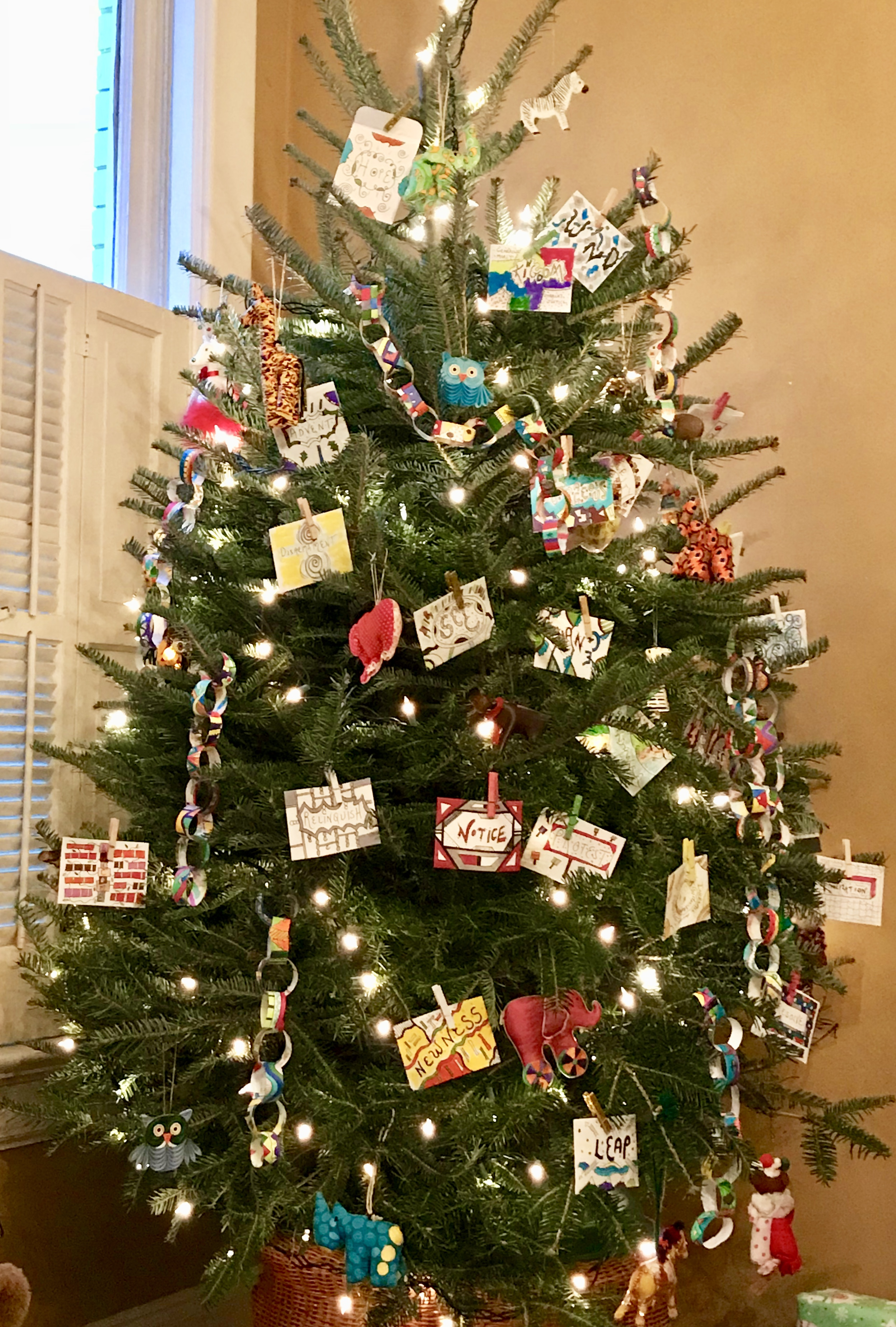
by Sybil Macbeth | Dec 25, 2018 | Praying in Color
Celebrate the coming of Christ. Celebrate Incarnation. Celebrate Emmanuel. For Unto Us a Child is born. Unto us a Son is Given. Isaiah 9:6-7 May this completed Advent be the start of a fresh, new journey with Jesus for the coming year, an unfolding experience of...

by Sybil Macbeth | Dec 27, 2017 | Praying in Color
Advent morphs into Christmas. The #AdventWord calendar is now the swaddled babe. The Advent tree becomes a Christmas tree. Equipped with the skills of Advent we become Christmas people, followers of Jesus—laying the groundwork and working for the emerging kingdom of...
by Sybil Macbeth | Dec 15, 2015 | Praying in Color
3-Sentence Stories: Writing Short is Fun for All Ages I wrote this post for the website Building Faith, a ministry of Virginia Theological Seminary to offer practical resources for the Christian formation of people of all ages. It was first published on December 11th,...
by Sybil Macbeth | Jan 5, 2015 | Praying in Color
Today is the last day of Christmas and it seems there should be some appropriate greeting or words of benediction for this day. I’m trying some greetings on: “Godspeed Christmas” or “Merry Twelfth Night” or “Spread the Light of...
by Sybil Macbeth | Jan 4, 2015 | Praying in Color
It’s still Christmas and many signs of its enduring presence are visible: Church with poinsettias Kings and camels approaching the mantel manger Winter blooms White Lights Manger awaiting the arrival of the magi Matthew 2: 1-8 1 In the time of King Herod, after...




